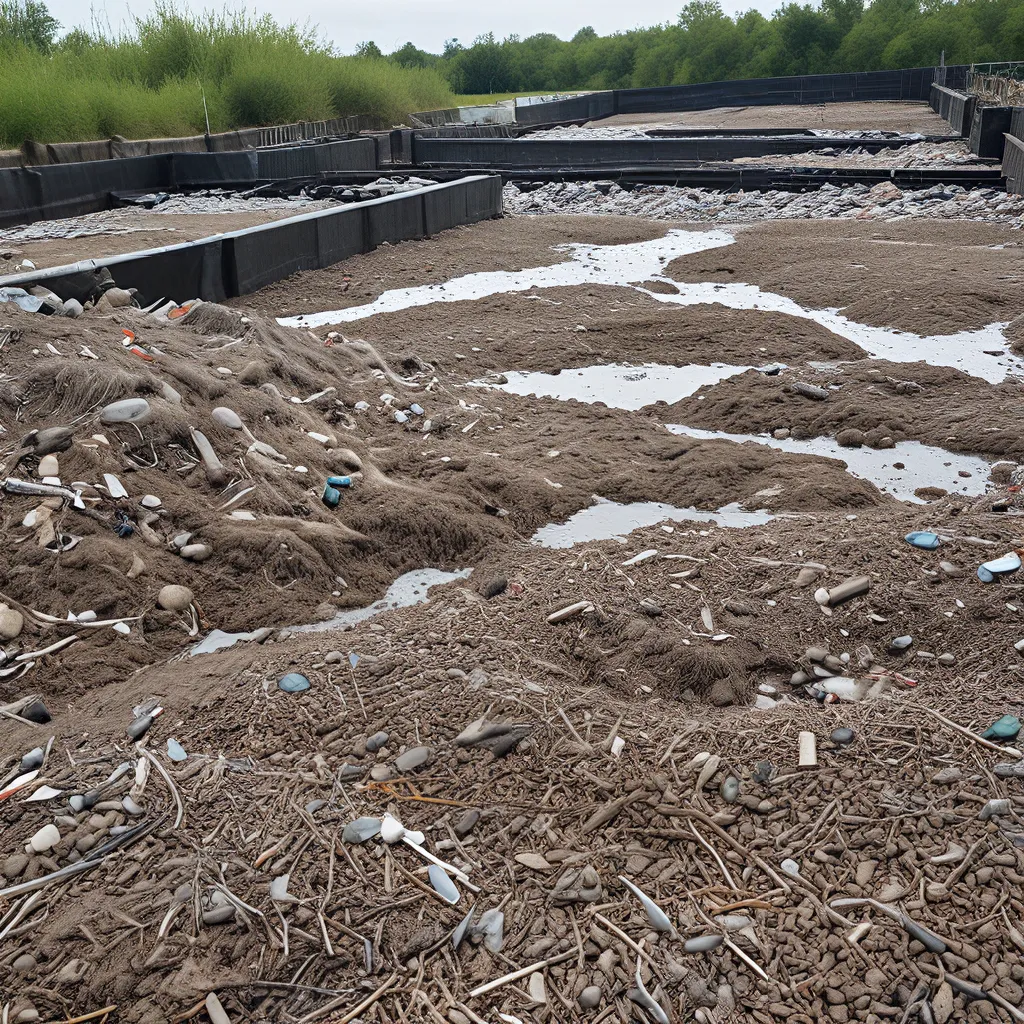
Ah, microplastics – the tiny scourge that’s been haunting our waterways and making headlines worldwide. As someone who’s passionate about environmental sustainability, I’ve been closely following the latest developments in wastewater treatment and how we’re tackling this pesky problem. And let me tell you, the strategies being employed are nothing short of fascinating.
The Microplastic Menace
First off, let’s take a step back and understand the scale of the issue we’re dealing with. Microplastics, those tiny plastic particles less than 5 millimeters in size, have become a significant pollution problem. They’re finding their way into our water bodies, our food chains, and even our drinking water. The sources are varied – from synthetic clothing fibers to tire wear to microbeads in personal care products. And as reports of microplastic contamination continue to pour in, there’s a growing sense of urgency to find effective solutions.
Wastewater Treatment to the Rescue
This is where the wastewater treatment industry comes into play. As water resource recovery facilities (WRRFs) have been identified as potential sources of microplastic pollution, they’re stepping up to the challenge. And let me tell you, the strategies they’re employing are nothing short of ingenious.
One of the key approaches is using advanced treatment technologies to remove microplastics from wastewater. This includes the use of membrane filtration, which can capture even the tiniest of plastic particles. Researchers have also been exploring the potential of coagulation and flocculation processes to effectively remove microplastics. Imagine these little plastic bits getting caught in a web of chemical and physical forces, like a high-tech dance routine, before being whisked away.
But the fun doesn’t stop there. Some wastewater treatment plants are even experimenting with the use of microorganisms to break down those pesky microplastics. It’s like hiring a team of tiny, dedicated cleaners to tackle the problem at the molecular level. And the best part? These microorganisms can sometimes even turn the microplastics into useful byproducts, like biofuels or construction materials. Talk about a win-win situation!
Navigating the Challenges
Of course, it’s not all sunshine and rainbows in the world of microplastics removal. Wastewater treatment facilities are facing their fair share of challenges. For one, the sampling and monitoring of microplastics can be a tricky endeavor. Researchers are still working on developing standardized methods to accurately measure and track these tiny particles, which can vary in size, shape, and composition.
And then there’s the issue of data gaps. While we have a growing body of knowledge on microplastic occurrence in various water sources, there’s still a lot we don’t know. Experts are working hard to fill in these gaps, using sophisticated tools and techniques to better understand the scope and nature of the problem.
But perhaps the biggest challenge is finding the most effective and cost-efficient solutions. Implementing advanced treatment technologies or large-scale microorganism-based systems can be a costly and complex undertaking. Wastewater treatment providers are navigating this balance, trying to find the sweet spot between environmental impact and financial feasibility.
The Path Forward
Despite these challenges, I’m optimistic about the future of microplastics removal in wastewater treatment. As the wastewater treatment industry continues to innovate and refine its strategies, we’re likely to see even more impressive breakthroughs in the years to come.
One thing that’s clear is that this is an ongoing process of discovery and adaptation. As new research emerges and technologies evolve, wastewater treatment providers will need to stay agile and open-minded. They’ll have to continuously reevaluate their approaches, collaborate with experts, and be willing to try new and unconventional solutions.
And let’s not forget the importance of public awareness and engagement. As more people become informed about the microplastics problem, we can expect to see a groundswell of support and demand for effective solutions. Wastewater treatment providers will need to be proactive in educating the public and shaping the narrative around this crucial environmental issue.
So, there you have it – the fascinating world of wastewater treatment and microplastics removal. It’s a complex challenge, to be sure, but one that I believe we’re more than capable of tackling. With the right strategies, the right technologies, and the right mindset, we can turn the tide on microplastic pollution and ensure a cleaner, healthier future for our water resources.